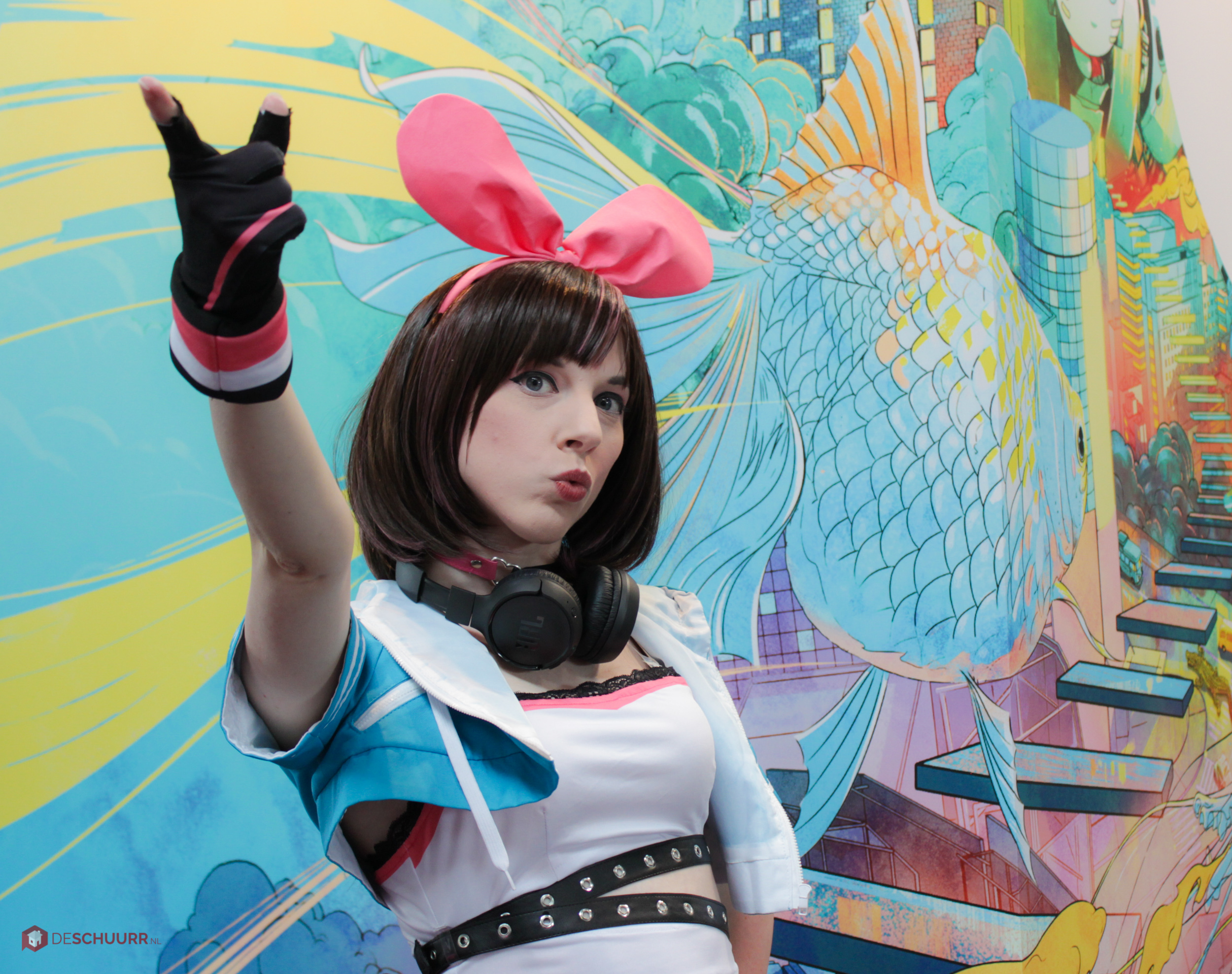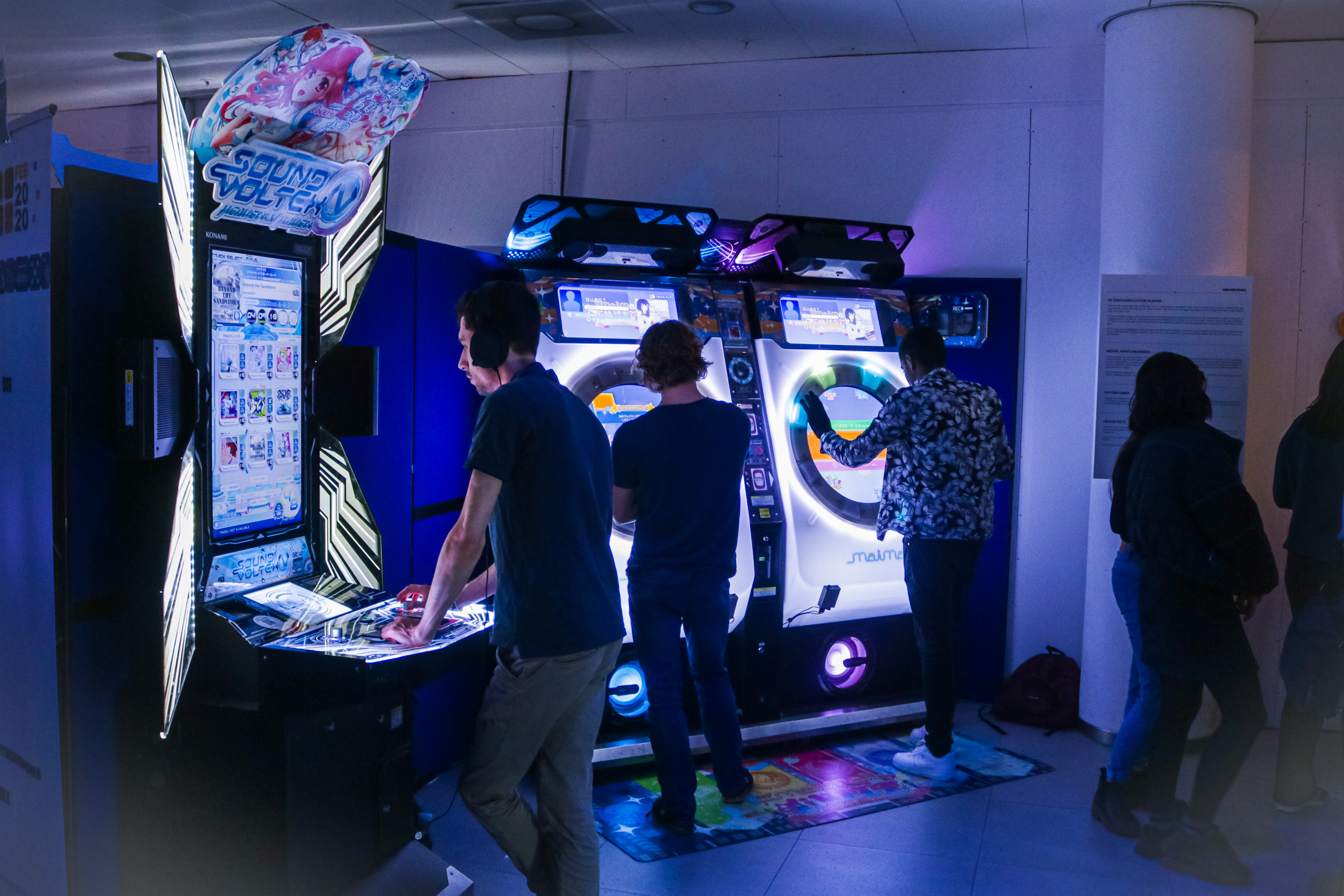Share
Building the Arcade of DDRExp on miniature Scale
In this exciting project, I embarked on the journey of constructing not just one, but eight miniature arcades. The challenge was to replicate the charm and essence of the original arcade machines while working on a smaller canvas. With Fusion 360, a powerful 3D design software that seamlessly interfaces with 3D printers, I found the perfect tool to bring my vision to life.
Fusion 360, primarily intended for industrial design, proved to be an excellent choice for this endeavor. Given that arcade machines typically boast angular and non-organic shapes, this software’s capabilities perfectly complemented the project requirements. While some of the arcade designs were already available, I had the pleasure of crafting original creations like the Pop’n Music and MAME machines.
To kickstart the process, I began by creating a side view of each arcade in Illustrator, ensuring accurate scaling. Importing these illustrations into Fusion 360 allowed me to generate rough extrusions, which I then refined with intricate details. A crucial step involved checking whether the 3D printer could effectively handle the overlapping areas, ensuring the models would be printed flawlessly.
When it came to painting the miniatures, simplicity was key. I started by applying the base layer, using the primary color associated with each arcade. Adding the finer details on top became a breeze, thanks to the extrusions incorporated into the printed arcades, which helped minimize errors.
The arcade structure itself was ingeniously fashioned from a shoebox, painted in a clean white hue. To emulate the authentic arcade experience, I lined the bottom with a vibrant, carpet-like fabric in a striking shade of red. A transparent acrylic sheet was carefully placed in the front opening, cleverly serving as a window into the miniature gaming world. To enhance the overall aesthetic, I introduced a small table adorned with a Guitar Hero guitar and a selection of captivating posters. As a final touch, the ceiling was painted in a sleek black shade, and two LED strips were installed to add an alluring glow.
In terms of electronics, I employed two Arduino boards—one to control the arcade machines and the other dedicated to managing the LED strips. Leveraging my experience with rainbow animations for LED strips in real arcades, I seamlessly transferred the code to the miniature version. As for the arcades themselves, I developed a simple yet mesmerizing flickering script that orchestrated blinking lights in a captivating, sequential pattern. Each arcade was equipped with a power and ground connection, accompanied by a strategically chosen resistor on the power line. To determine the desired brightness, I experimented with various resistance values until achieving the perfect luminosity.
In the end, this project fused creativity and technical prowess to bring forth a collection of awe-inspiring miniature arcades. From the meticulous 3D design and printing process to the attention to detail in painting and electronics, every step was a testament to the love and passion I have for arcade gaming. The result? A captivating ensemble of scaled-down wonders that captures the essence of the original arcades, condensed into a delightful package.



























